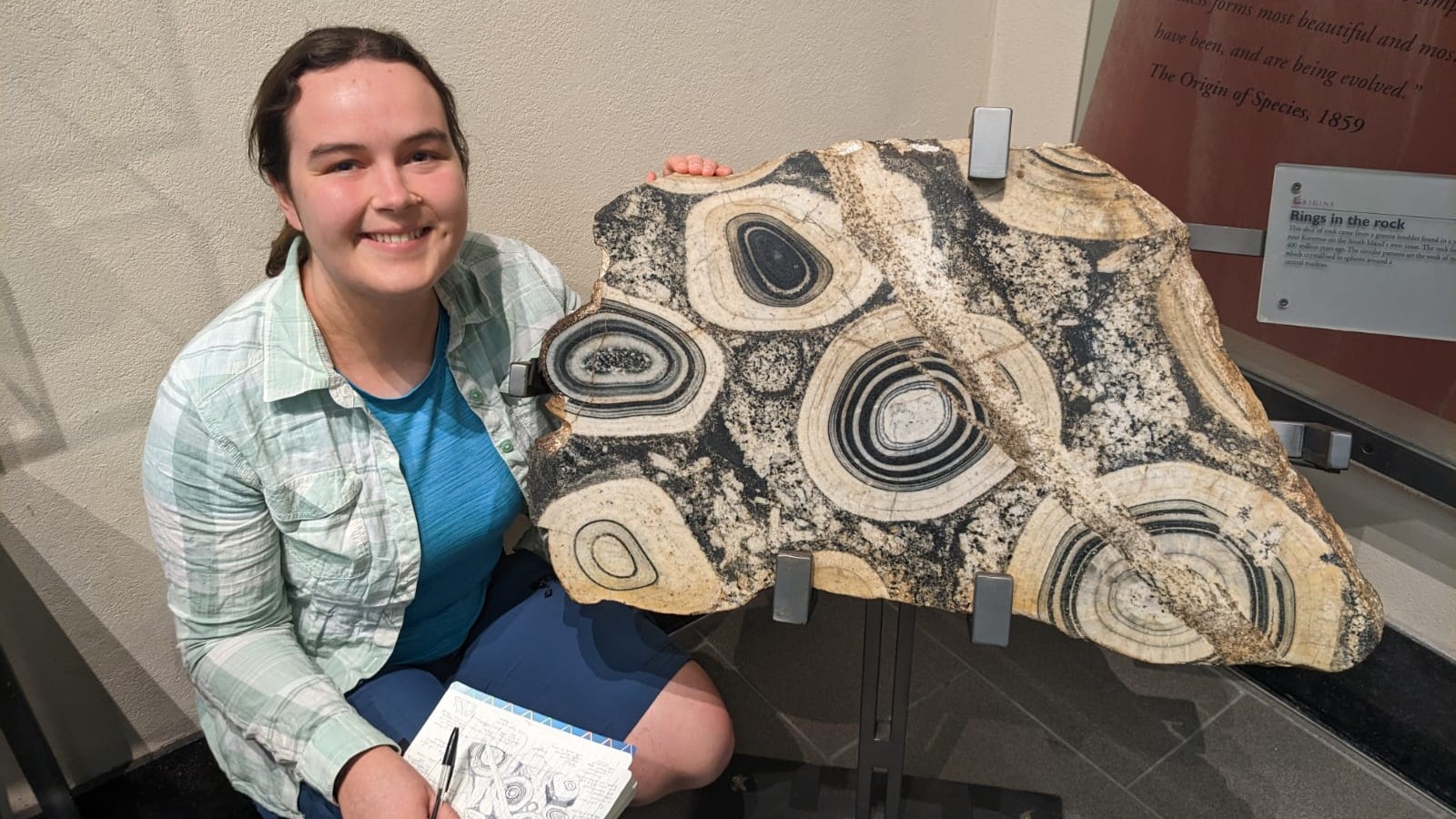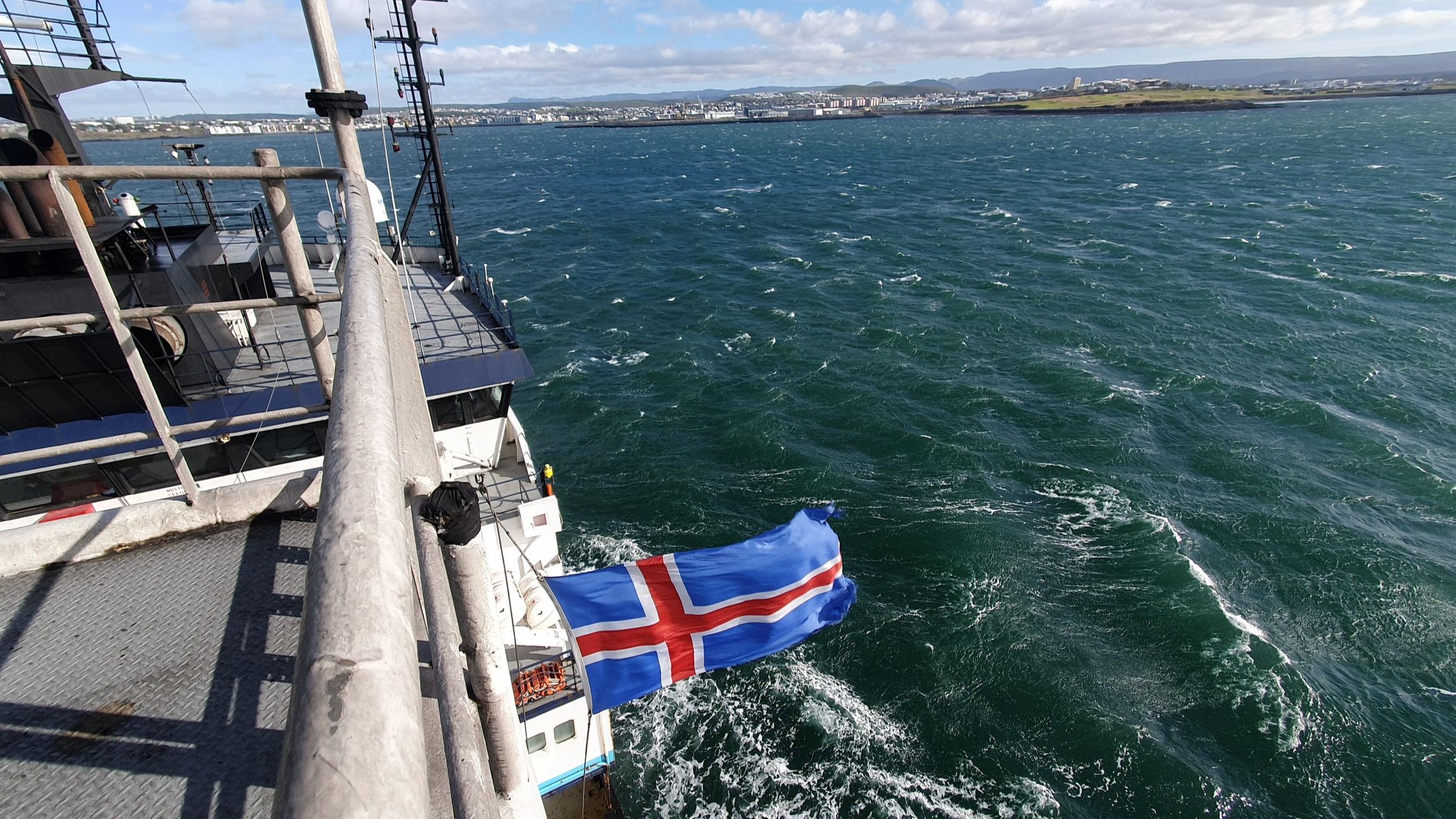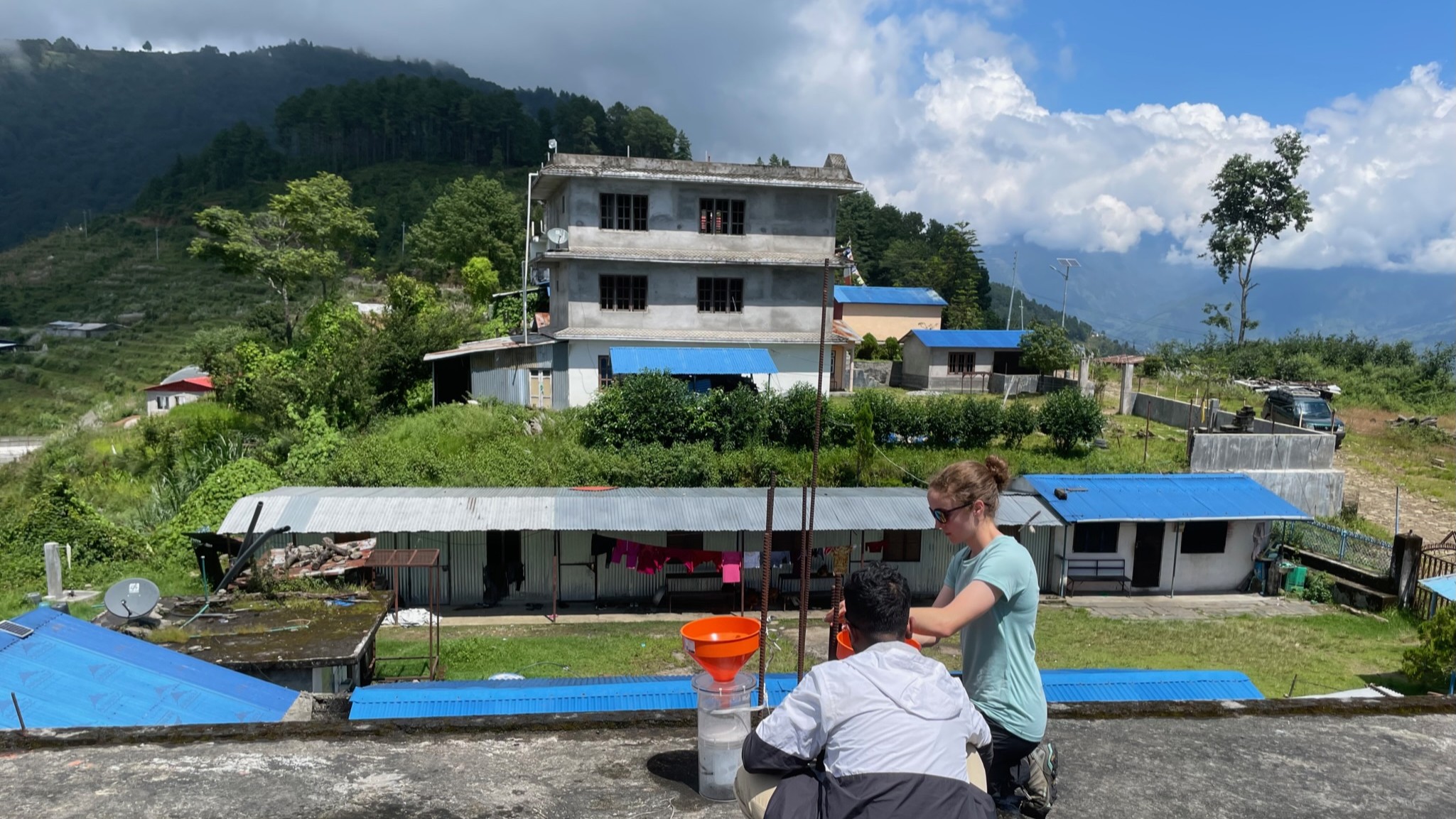In April, I joined the Department of Earth Sciences for a six-month internship on polar oceanography, focussing on nutrient transport in the Arctic Ocean.
As a Master’s student in Oceanography and Applications based jointly at the University of Toulouse and the University of Abomey-Calavi in Benin, I was eager to experience the world of research before applying to do a PhD.
Continue reading “My Internship Journey: researching the Arctic Ocean at Cambridge”








